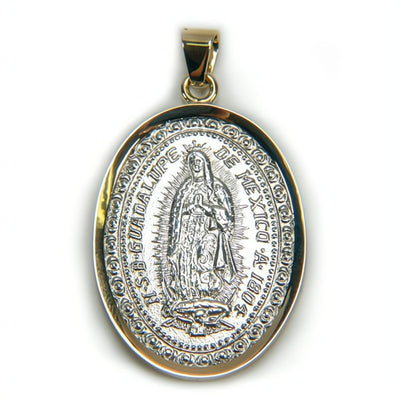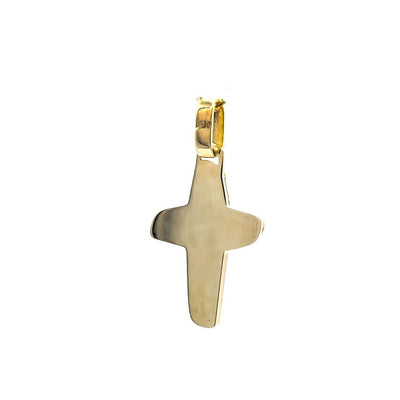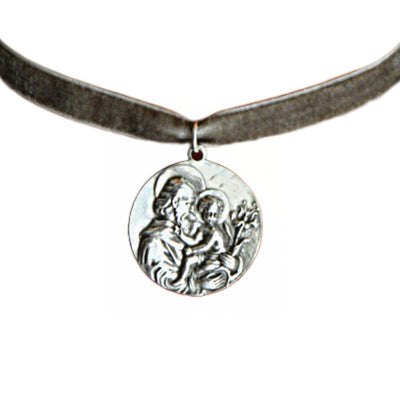The Divine Encounter: Origins of Virgen de la Caridad del Cobre
One fateful morning in 1612, three enslaved people working in the copper mines at Barajagua set out on an expedition. The trio—ten-year-old African, Juan Morteno, and native blood brothers Rodrigo and Juan de Hoyos—had been sent to collect salt near the Bay of Nipe. After three days and nights of refuge against turbulent waters, they braved a journey by canoe. They encountered a white object floating in the water as they ventured out. Far off, it looked like a seabird. Still, upon closer examination, it was an image of the Virgin Mary affixed to a wooden board. The inscription on the board read, "I am the Virgin of Charity."
Sacred Journey to the Altar
After sensing a divine presence, the trio returned the statue to Barajagua. Upon arrival, they were surprised that news of their miraculous find had already spread. They placed the image on the altar of the local parish church, and a man named Marías de Olivera, who was profoundly religious and moved by the event, vowed to dedicate his life to serving her.
Anatomy of the Statue: A Closer Look
Virgen de la Caridad del Cobre is not just a mere piece of art; she embodies the devotion and hope of a nation. The statue rests on a circular base, while the Virgin's left arm cradles the Child Jesus, who holds a globe in his tiny hands. This small detail goes far beyond aesthetic value—it symbolizes universal compassion and cosmic benevolence, clearly showing that this was no ordinary statue.
From Barajagua to El Cobre: The Sanctuary
In 1628, the statue was moved to a newly constructed chapel in El Cobre, a mining center approximately 10 miles from Santiago. This relocation transformed it into a pilgrimage site representing national harmony. The statue transformed into a holy sanctuary and a symbolic monument that transcended religious and cultural differences.
Papal Endorsement: The Patroness of Cuba
In 1936, veteran soldiers of the Cuban War of Independence appealed to Pope Benedict XV to name the Virgin of Charity the Patroness of Cuba. The Pope acknowledged the appeal and granted this title, embedding it into the religious and cultural fabric of the nation. This move was further supported by subsequent Popes, including Pope St. John Paul II in 1998 and Pope Francis in 2015 during their pastoral visits to Cuba.
Devotion and Impact on Modern Cuban Society
Discussing the Virgin of Charity without acknowledging her impact on modern Cuban society would be insufficient. She has come to represent many things—hope, unity, and freedom, to name a few. It's as if her miraculous appearance centuries ago set in motion a wave of communal hope that transcended the confines of religion to influence social and even political spheres.
The Pilgrimage: Journey to El Cobre
The Shrine of Our Lady of Charity in El Cobre has become one of Latin America's most significant pilgrimage sites. Here, people from diverse backgrounds, regardless of their faith or creed, come to pay homage, light a candle, or find a moment of tranquility. Many attest to experiencing profound spiritual insights during their visit, further enriching the lore of the Virgin of Charity.
The Festivals: Celebrating the Virgin of Charity
Each year, particularly on September 8th, the streets of El Cobre and all over Cuba are alive with vibrant celebrations in honor of the Virgin of Charity. These festivities feature music, dancing, and prayers, highlighting the inclusive nature that the Virgin has fostered for many centuries.
The Virgin of Charity in Popular Culture
Songs, poems, and artworks have immortalized the Virgin of Charity. She is a sacred image in a chapel and a recurring motif in Cuban culture that represents resilience and faith.
Year > Milestone > Significance
1612 Discovery > Origin of the Virgin of Charity
1628 Chapel Built in El Cobre > Establishment of the sanctuary
1936 Patroness of Cuba > Endorsement by Pope Benedict XV
1998 Pope St. John Paul II > Visit Reiteration of Papal support
2015 Pope Francis Visit > Continued Papal support
Suggested Images for the Article
- A historic painting depicting the moment when Juan Morteno, Rodrigo, and Juan de Hoyos found the statue.
- The interior of the chapel in El Cobre is where the figure is housed.
- Photos from the annual festival dedicated to the Virgin of Charity.
- Artworks inspired by the Virgin of Charity.
- A detailed close-up of the statue highlights its artistic nuances.
Thank you for diving into this exploration of the Virgin of Charity of Cobre. Here's to the eternal flame of faith and unity she continues to kindle. Thanks for all.




















Leave a comment